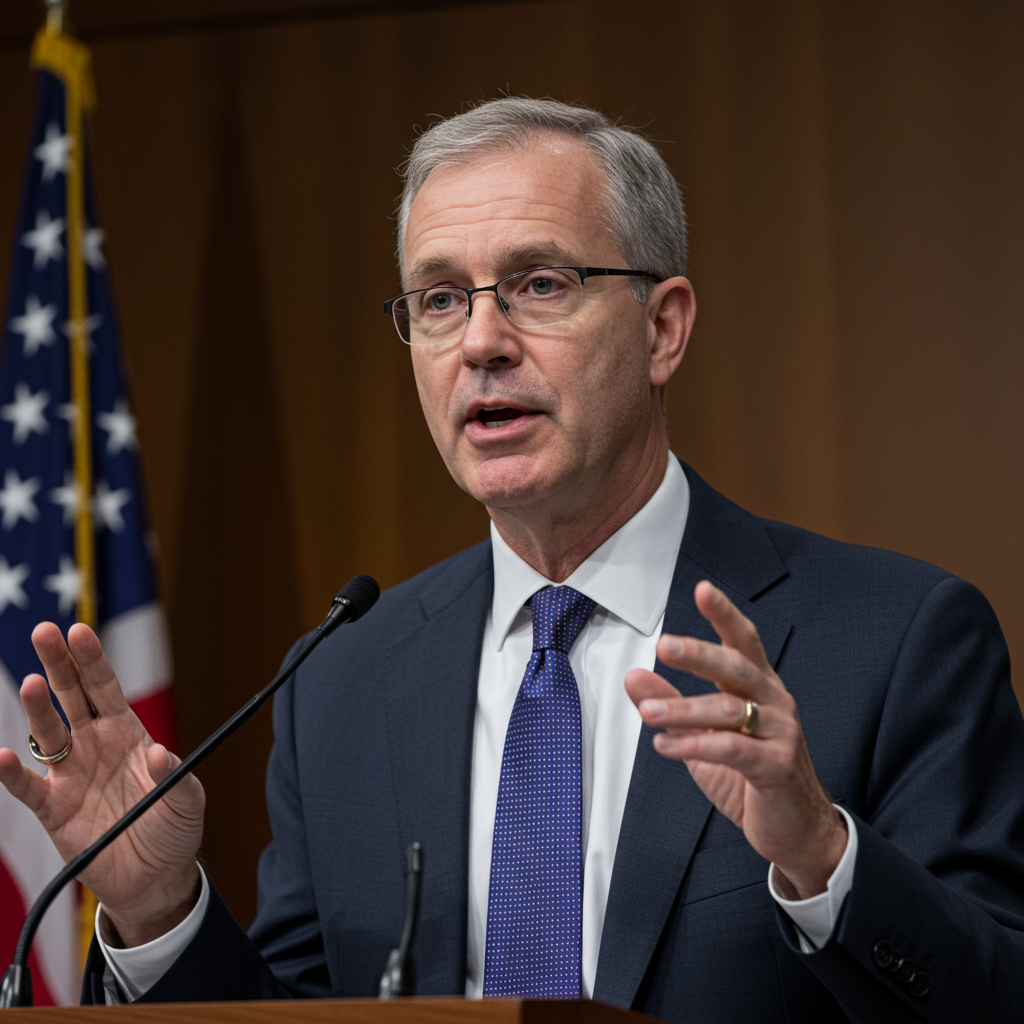Tragedy struck shortly after takeoff from Ahmedabad, India, when Air India Flight 171 crashed, claiming the lives of nearly 300 people onboard and on the ground. The aircraft involved was a boeing 787 Dreamliner, a jet previously lauded for its safety record over nearly 15 years of service without a fatal crash. This devastating event has thrust the Dreamliner, once considered one of Boeing’s safest models, into intense scrutiny. What do we know about the 787’s history, its challenges, and what does this crash mean for its safety reputation?
Investigators are urgently working to uncover why the Air India flight went down mere seconds after lifting off. Recovering and analyzing flight recorders – the black boxes – is paramount to understanding the final moments. Eyewitness accounts suggest the plane struggled to gain altitude and flew “very low” before crashing outside the airport perimeter. Crucially, flight tracking data shows the pilots used the full length of the Ahmedabad runway for takeoff, a standard safety measure for heavy, long-haul flights. Video analysis suggests the landing gear remained deployed and the Ram Air Turbine (RAT) may have deployed, potentially indicating a loss of power at a critical phase of flight. However, at this stage, the exact cause remains unknown, and air crash investigations often reveal a complex chain of events, not a single failure.
The Dreamliner’s Innovative Vision
The Boeing 787 Dreamliner represents a significant leap in aviation technology. Conceived in the early 2000s amidst rising fuel costs and the transformative impact of the 9/11 attacks on air travel demand, Boeing shifted its focus from speed (like the proposed Sonic Cruiser) to groundbreaking fuel efficiency. Airlines needed economical long-range jets. The 787 delivered, enabling a new business model where smaller, more efficient planes could fly direct, point-to-point routes between less congested cities, bypassing traditional large hubs favored by competitor models like the now-discontinued Airbus A380.
Boeing designed the 787 to be roughly 20% more efficient than its predecessor, the Boeing 767. This was achieved through several radical innovations. It was the first commercial airliner constructed primarily from lightweight composite materials, such as carbon fibre, instead of traditional aluminum. Advanced aerodynamics reduced drag, and highly efficient modern engines were sourced from industry leaders like General Electric and Rolls Royce. The aircraft also pioneered increased electrification, replacing heavier mechanical and pneumatic systems with lighter electrical ones powered, in part, by sophisticated lithium-ion batteries. This reliance on electricity contributes to reduced engine load and lower carbon emissions.
Early Challenges and production Headaches
While the 787 quickly gained popularity for its passenger experience and efficiency, its early operational life wasn’t without issues. The most notable challenge involved its lithium-ion batteries. In January 2013, battery overheating incidents, including one that caused a fire while a plane was at a gate in Boston and another forcing an emergency landing in Japan, led to a worldwide grounding of the entire 787 fleet. Boeing undertook an intensive investigation, redesigned the battery systems and their containers, and conducted extensive testing. The fleet returned to service after these modifications, and no battery-related incidents have been reported since, according to experts.
Beyond the initial battery fix, however, the Dreamliner program has been plagued by significant production quality issues over the past several years. Analysts point partly to Boeing’s decision to establish a new assembly line in North Charleston, South Carolina, far from its long-standing manufacturing base near Seattle. This move was reportedly aimed at leveraging lower unionization rates and state incentives but has been linked to production difficulties. Since 2019, Boeing has discovered a series of manufacturing defects, particularly concerning how different sections of the aircraft fuselage fit together. These issues led to multiple pauses in deliveries between 2021 and 2023 as the company worked to identify and rectify the problems.
Damaging Whistleblower Allegations
Perhaps the most serious concerns about the 787 have come from current and former employees. These whistleblowers have made alarming claims about production standards being compromised under pressure to increase output.
The late John Barnett, a former quality control manager at the South Carolina plant, was a prominent voice. He alleged that assembly line pressure led to critical safety procedures being ignored. He claimed workers failed to track components, potentially allowing defective parts to go missing, and even alleged that substandard parts from scrap bins were deliberately fitted to aircraft to avoid production delays. Barnett also raised concerns about defective fixings used on aircraft decks, which created sharp metal shavings accumulating near wiring bundles – a potential fire risk. The US regulator, the Federal Aviation Administration (FAA), investigated Barnett’s claims and partially upheld them, confirming that non-conforming parts had gone missing and that metal shavings were present beneath floors in some aircraft. Boeing stated it addressed these findings and did not believe the shavings posed a safety risk, although the fixings were later redesigned.
Similar allegations were made earlier by Cynthia Kitchens, another former quality manager at the same plant. She reported seeing substandard parts being deliberately used from quarantine bins and claimed employees were instructed to overlook poor work. Kitchens also alleged that defective wiring bundles containing metallic shavings were installed. Boeing has denied these specific claims, stating Kitchens resigned after being placed on a performance improvement plan.
More recently, in 2024, current Boeing quality engineer Sam Salehpour testified before a Senate committee, bringing fresh concerns about the 787’s structural integrity. He alleged that manufacturing shortcuts introduced in late 2020 to speed up production resulted in potentially defective parts and installations entering the fleet. Specifically, Salehpour claimed that tiny gaps in fuselage joints were not properly fixed on the majority of aircraft he examined. He warned this could lead to premature fatigue failure over time, creating “extremely unsafe conditions” with “potentially catastrophic” outcomes, potentially affecting over 1,000 aircraft.
Boeing has vigorously pushed back against Salehpour’s claims regarding the 787’s structure. The company maintains that its analysis, reviewed under FAA oversight, has validated the aircraft’s durability over its lifespan and that these issues do not present safety concerns.
Expert Perspectives on 787 Safety
Given the mix of a strong operational safety record, early technical glitches, and persistent production and whistleblower concerns, expert opinions vary.
Aviation analyst Richard Aboulafia points to the Dreamliner’s history prior to the recent Air India crash: nearly 16 years in service, over 1,100 jets delivered, and billions of passengers flown without a single fatal accident. He argues that this “stellar safety record” suggests any major design or systemic production issues would likely have manifested by now. Aboulafia believes recent production problems are short-term and that oversight has improved significantly in recent years.
However, Ed Pierson, a former Boeing manager and executive director of the Foundation for Aviation Safety, expresses ongoing concerns. His organization monitors incident reports and regulatory documents, citing issues like water leaks from washrooms potentially affecting electrical bays (which prompted an FAA inspection directive last year) as reasons for caution. Pierson emphasizes that while the Air India crash cause is unknown, such directives raise questions about potential underlying issues.
Ultimately, many experts still express confidence in the aircraft type itself. Scott Hamilton, managing director at Leeham Company, stated that based on what is known about the 787, he “would not hesitate to get on board.”
The Unanswered Question of Air India Flight 171
The tragic Air India crash remains a critical mystery. While the 787 has faced production challenges and whistleblower allegations, investigators must determine if this specific incident was linked to a previously unknown systemic flaw, an isolated technical malfunction, maintenance issues, human factors, or environmental conditions. The investigation will be crucial not only for understanding this specific disaster but also for validating or refuting the broader safety implications of the production concerns raised by whistleblowers.
Unlike the Boeing 737 Max groundings, which followed two crashes clearly tied to a specific, repeatable design and software issue, experts currently believe a fleet-wide grounding of the 787 is unlikely unless investigators discover a recurring technical problem posing an immediate threat to the rest of the fleet. Regulatory responses prioritize safety but differentiate between isolated events and systemic risks.
While the spotlight is back on Boeing following recent issues with other models, the 787 Dreamliner’s operational safety record remains robust despite the recent tragedy. The focus now rests squarely on the ongoing investigation into Air India Flight 171 to provide answers and ensure the continued safety of this modern airliner.
Frequently Asked Questions
What was the Boeing 787 Dreamliner’s safety record before the recent Air India crash?
Before the tragic Air India Flight 171 incident, the Boeing 787 Dreamliner had a strong operational safety record. Since entering service nearly 15 years ago, it had operated billions of passenger journeys across more than 1,100 aircraft worldwide without a single fatal accident or hull loss. This history led many in the aviation industry to consider it one of Boeing’s safest planes.
What concerns have whistleblowers raised about the 787’s production quality?
Several current and former Boeing employees have raised alarms about manufacturing standards at the 787 assembly plants, particularly in South Carolina. Claims include pressure to rush production compromising safety, defective parts going missing or being intentionally used, and issues with fuselage section fitting that could lead to long-term structural fatigue. While Boeing denies these claims pose safety risks, the FAA has confirmed some allegations, like missing non-conforming parts and the presence of metal shavings.
Were there early safety problems with the 787, and were they fixed?
Yes, shortly after the 787 entered service in 2013, there were incidents involving its lithium-ion batteries overheating and causing fires, leading to a temporary worldwide grounding. Boeing conducted extensive investigations and redesigned the battery systems. According to experts, these modifications were successful, and there have been no recurring battery-related safety incidents reported since the fleet returned to service.
How do experts view the 787’s safety now, given the production issues and the recent crash?
Expert opinions are somewhat mixed but largely remain confident in the 787’s fundamental design, citing its long operational history without fatal accidents prior to the recent crash. Some analysts argue that any major design flaws would have appeared by now. However, others, particularly organizations focused on aviation safety, point to ongoing production quality issues and past regulatory directives (like those concerning water leaks) as reasons for continued scrutiny. Most experts agree that the cause of the recent crash must be determined before making definitive conclusions about the fleet’s current safety status.




